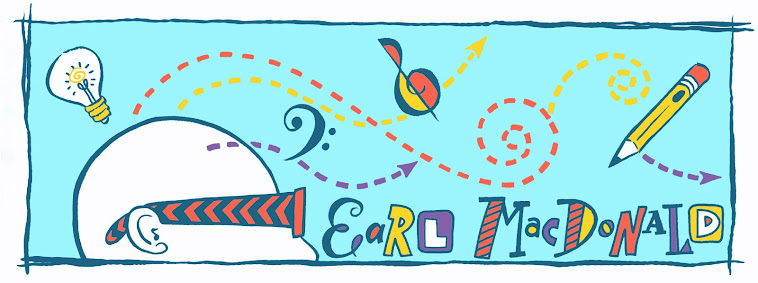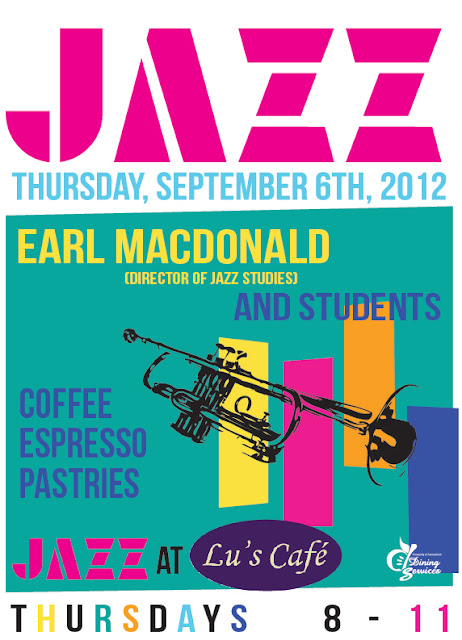In response to my last blog post, "Rethinking Concerts", I have received some terrific ideas and suggestions for boosting concert attendance. Please keep the ideas coming.
The following letter came from Shari Baum, the mother of my lead tenor sax player. I think her ideas make a lot of sense, especially in light of the tragedy in Newtown. Coincidentally, I had similar thoughts while leading some caroling at a senior's home last week with a group of friends.
I'm a social worker spending much of my time with senior adults....vibrant, engaged and brilliant people.....some still in their own homes, many living in independent living facilities, some in assisted living. Research tells us that the healthiest way for people to age is to be involved with others of all ages.....unfortunately this isn't always possible. So we have older people living together or isolated and they see our youth as wild, out of touch texting zombies. I am constantly the voice of optimism defending our youth.
Just this week I attended my niece's holiday concert at the _______ Academy. I brought my 88 year Mom and the music and the sight of all those bright young faces with their futures ahead of them brought pure joy to us all....I saw my Mom's face light up when the kids opened their mouths to sing.
In challenging times there is nothing more hopeful than seeing young people full of life and joy and hope. This is why I think the Newtown horror has really hit a nerve with everyone.....little babies gone in an instance at the hands of a 20 year old sick young man.....The seniors I work with are devastated......they feel powerless....what kind of future is there?
How can we ease some of the pain??? With music and the fresh faces of our young people.
I am sure, near Storrs there are senior living apartments or assisted living facilities. They usually have some kind of van or bus available to them, or if the school has a bus maybe we can pick them up. They are a receptive audience, always looking for activities that are reasonably priced and local. Von der Mehden is fully accessible if some have trouble walking......I think it's a win-win. You have an audience and the seniors have a reason to feel good about the future, while also listening to great music!
Sorry for the length of this....I got carried away, but I feel very passionate and think it could be a model for the entire fine arts department....especially music.
I would be happy to do some research on senior housing near the school, unless you already know some places, and invite them to the next concert. There's usually an activities director so I would start there and see what the response is. Let me know what you think.
Warm regards,
Shari Baum
I have already taken Shari up on her offer and am thankful to have band members with supportive, thoughtful parents such the Baums.
































